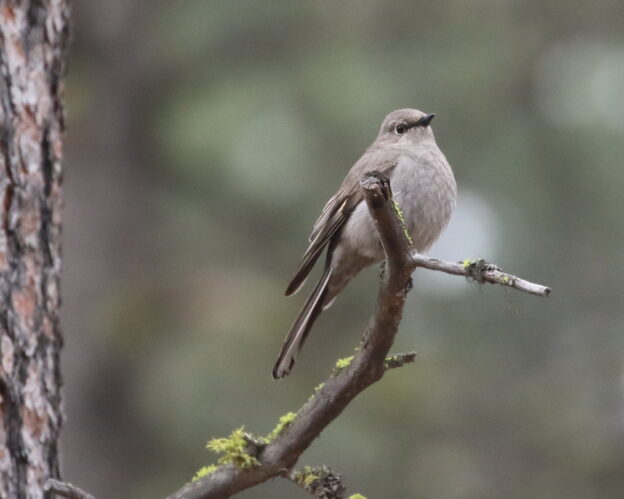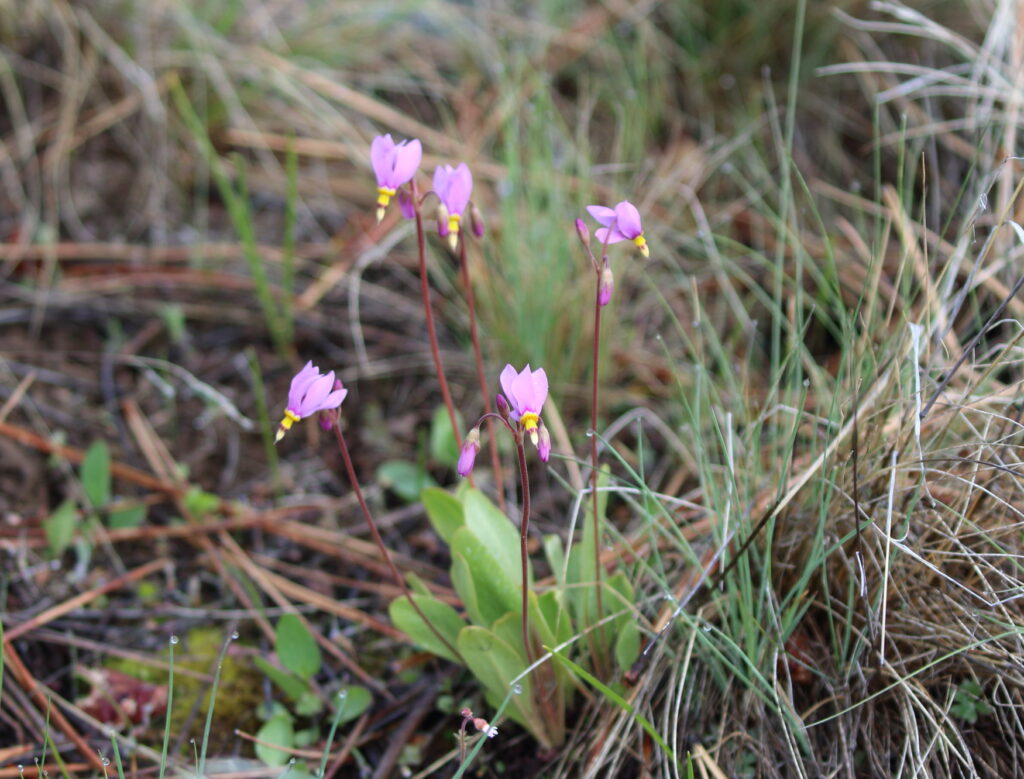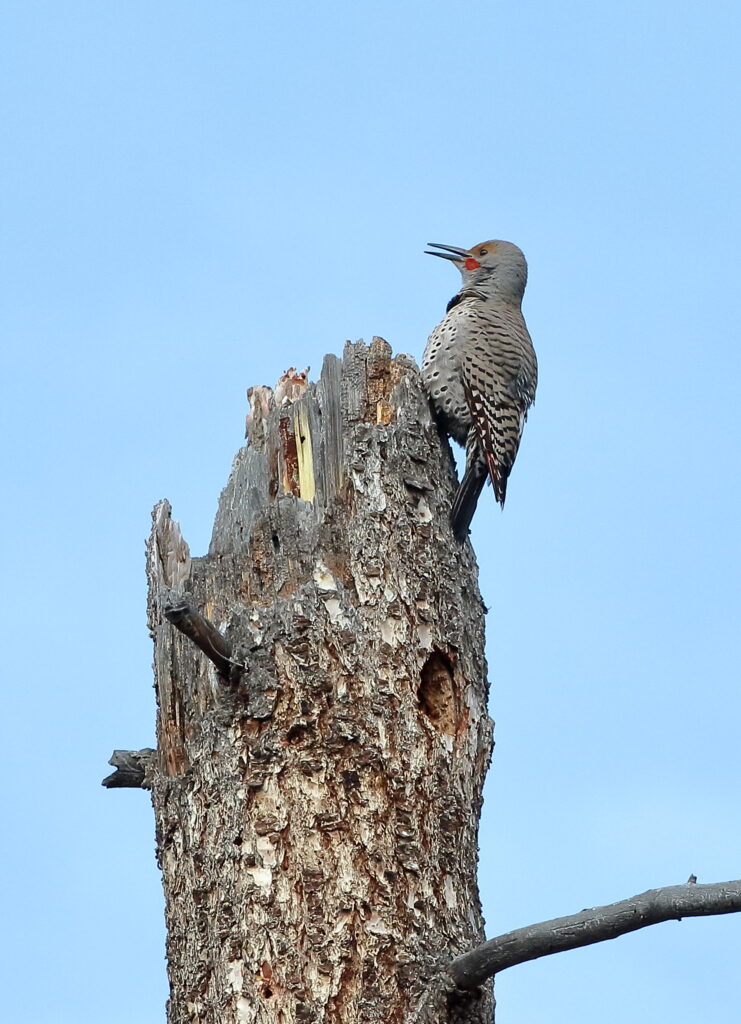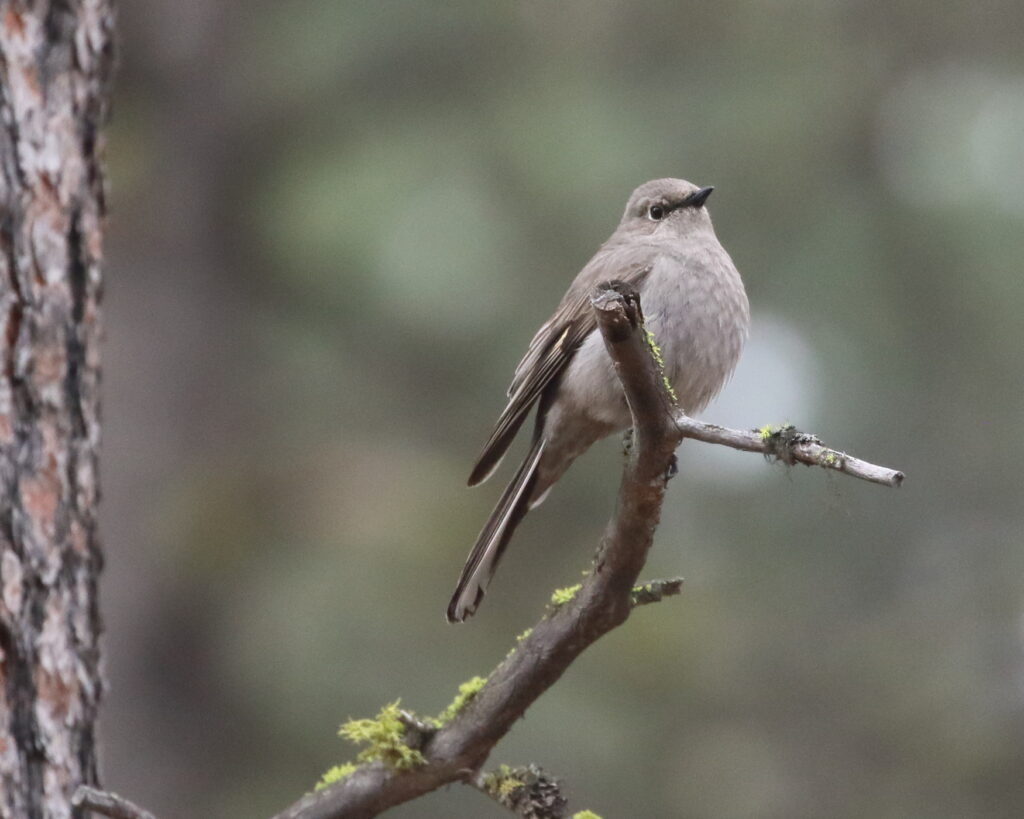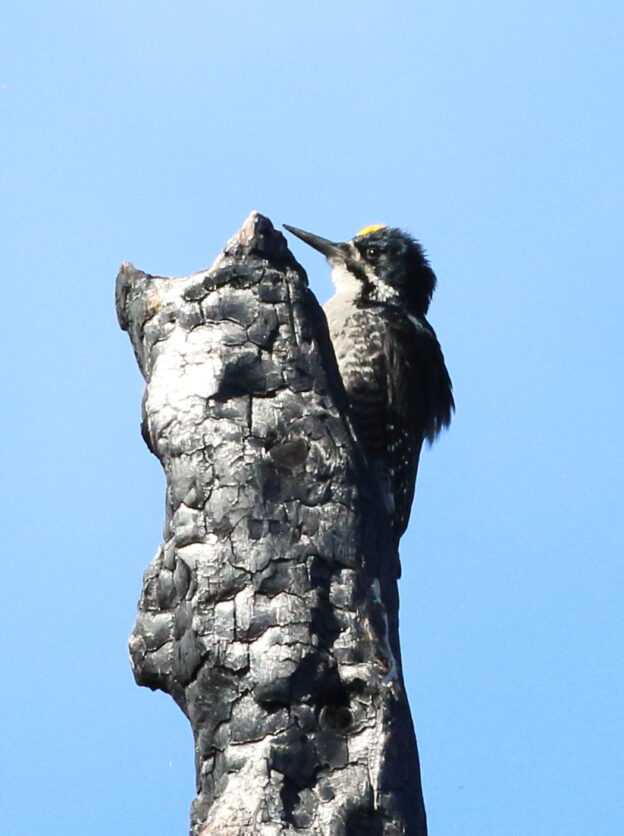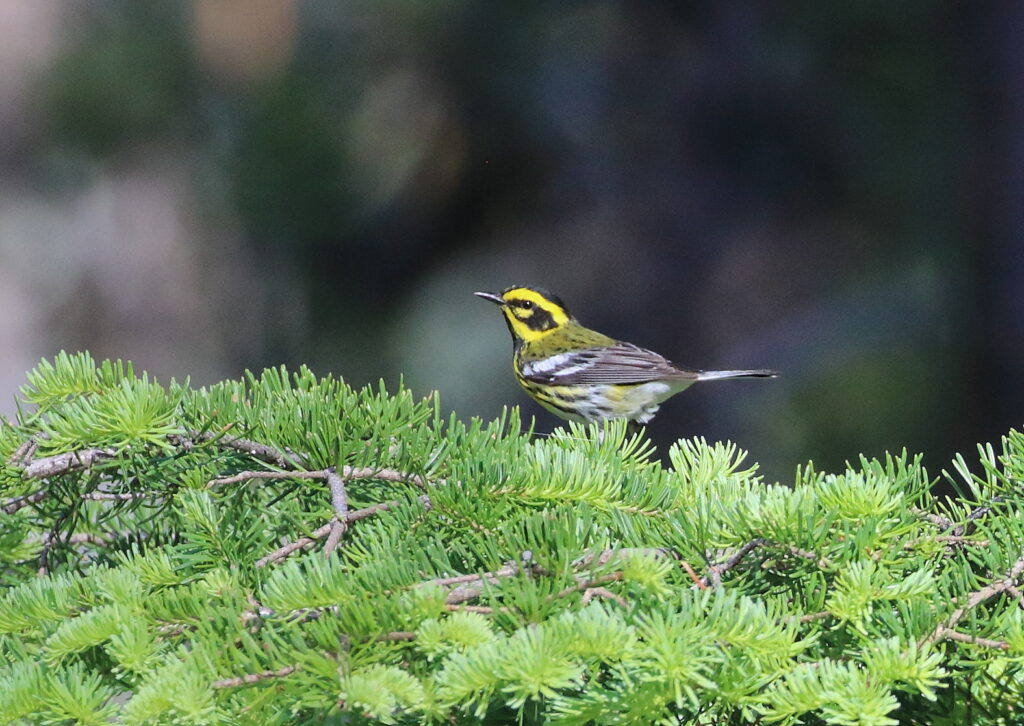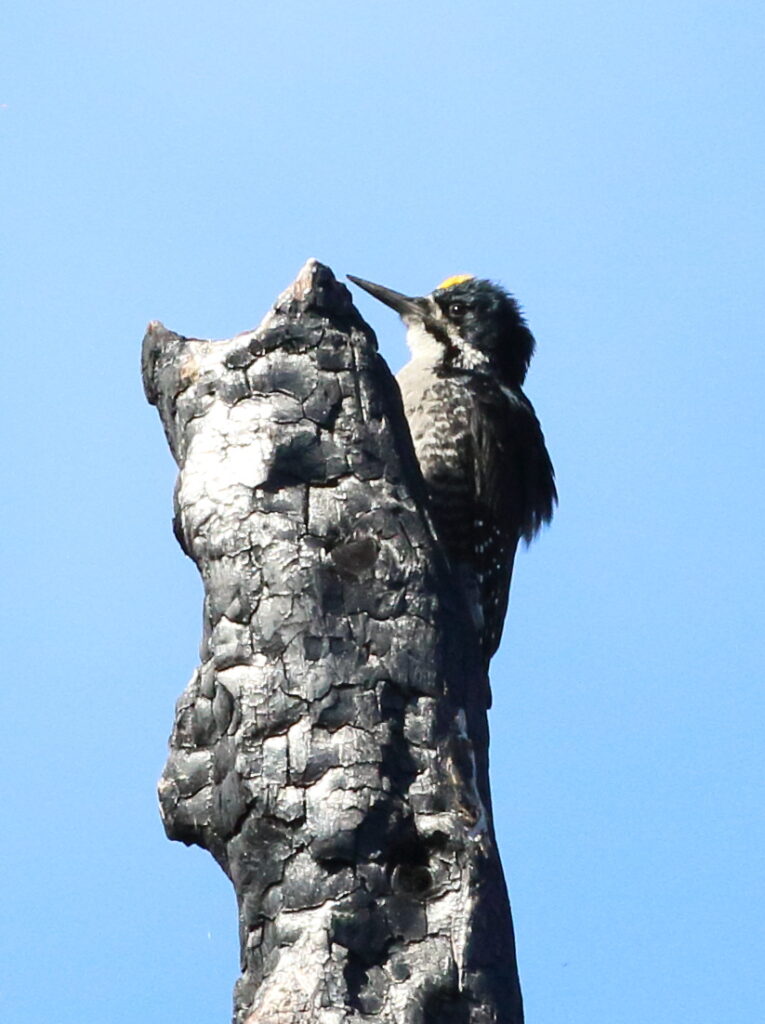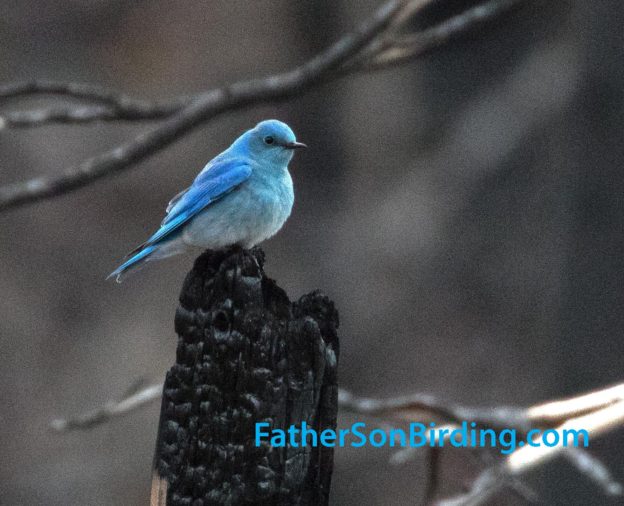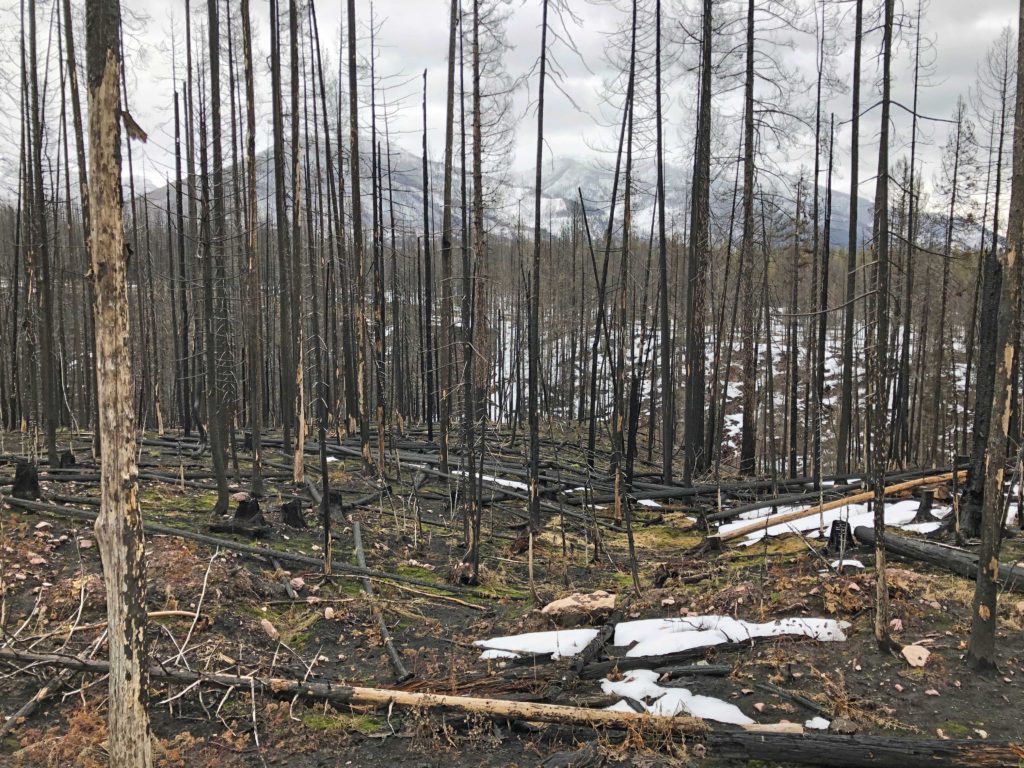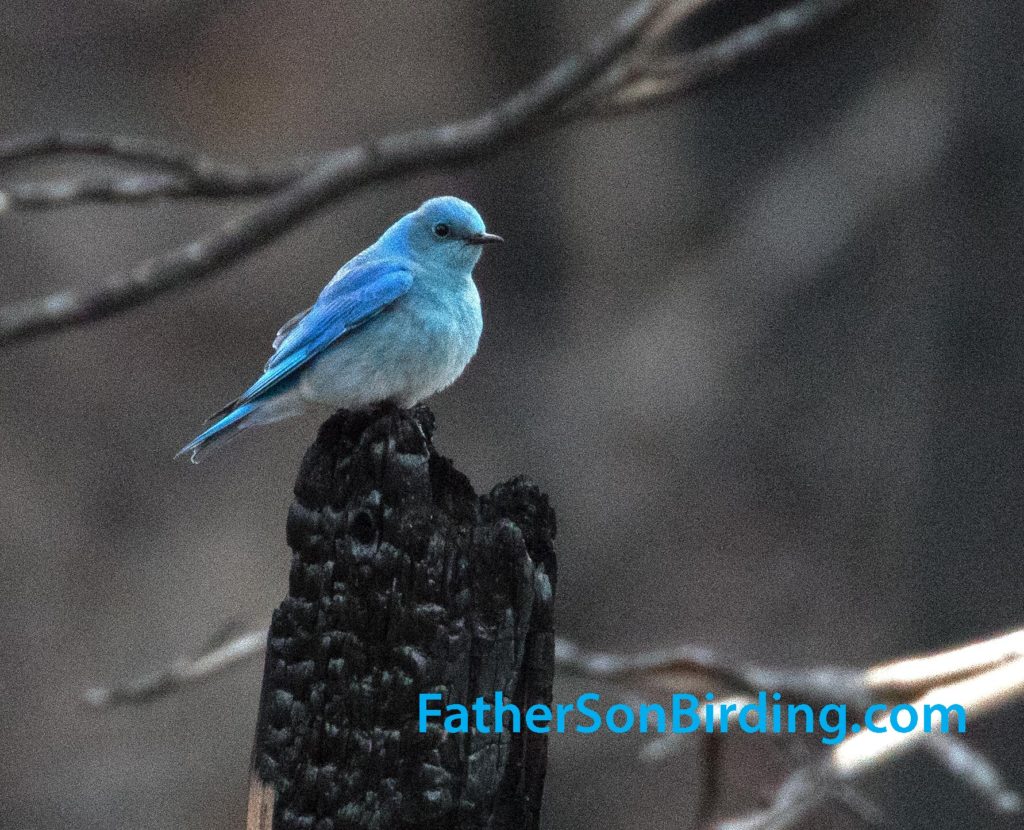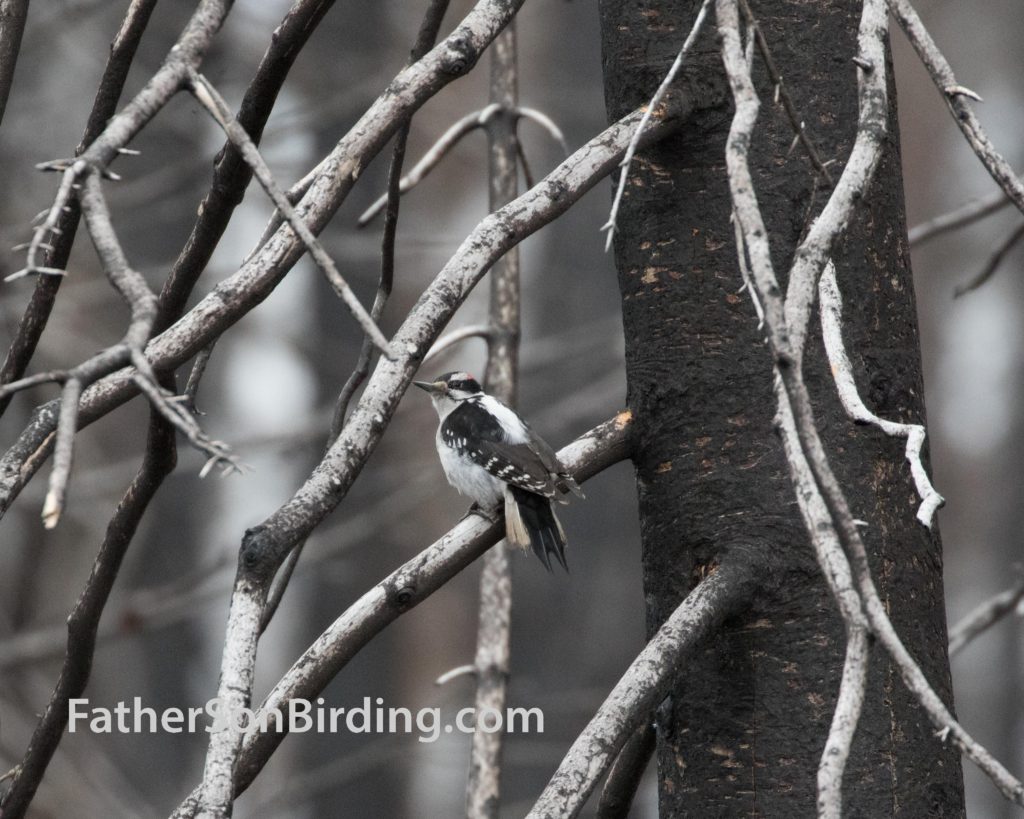Having missed out on Braden’s epic Glacier birding day because of, you won’t believe this, a job, I have struggled for ways to console myself. Fortunately, birding opportunities are dove-tailing nicely with my new temporary career: delivering fire-fighting equipment by truck to various fire camps around Montana and Idaho. As you’ve probably noticed, it is shaping up to be an unprecedented fire season with record, early heat and little rain in sight. Just another reason that we need to make climate change our number one priority as a species (see Saving Birds. It’s Time.).
On the personal front, however, this radical summer has provided me with an interesting, useful part-time job driving for the Forest Service, and I have to say, I’ve been impressed with their entire operation. As I began my job, though, I asked myself, “How many birds could I see just driving around Montana and Idaho through the fire season?” I decided to set a goal of 100 species for myself—a number that seemed optimistic for this time of year, especially since I would have few opportunities to venture off roads into wildlife refuges and other birding hotspots. Below is my interim report, but first I should lay out the ground rules that I have set for myself, and they are simple: every bird can be counted from the moment I leave for work until I get back. I can’t count birds at my house or on my street, but everything else is game. So how goes the quest?

Well, so far I have driven approximately 3,000 miles and seen 59 species of birds, or about one new species every 51 miles—far more than I expected at this point. Let’s start with raptors. These are birds I expected to do well with because, duh, they are big and easy to see, and they sit on telephone poles. Strangely, I have seen only one Bald Eagle since I began and no Goldens, but have been delighted with Red-tailed Hawks, Swainson’s Hawks, Northern Harriers, Osprey, and a Prairie Falcon. My best raptor? A Ferruginous Hawk that I passed three separate times on my way to Ennis before I could positively ID it at 70 mph!
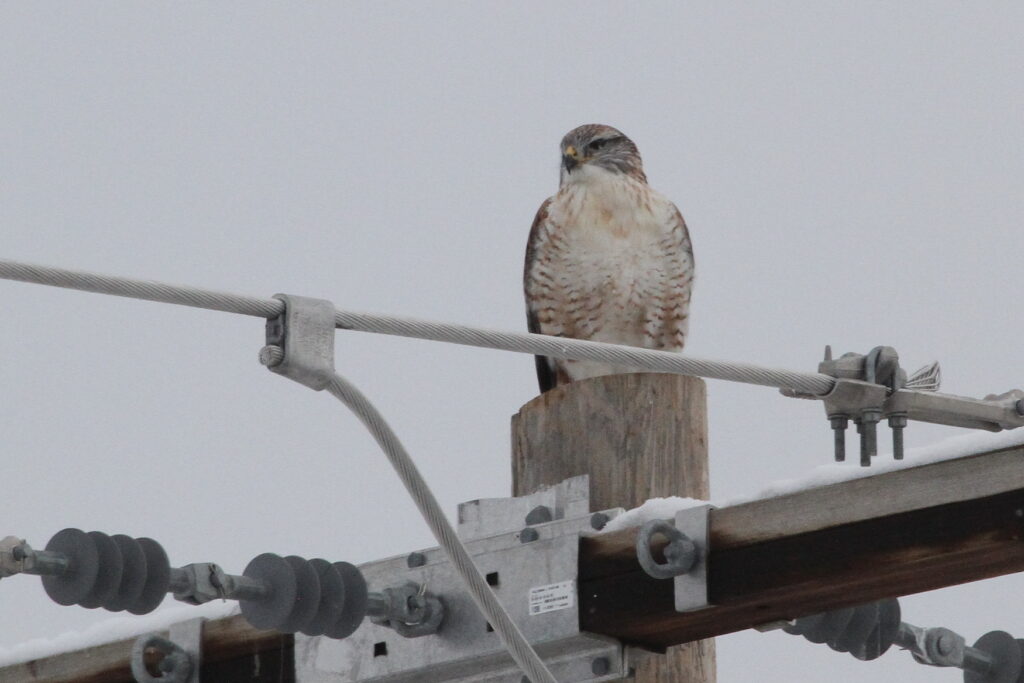
Songbirds promised to be the most difficult category because they are almost impossible to ID at high speed—and often at low speed! Still, I’ve lucked out with birds such as American Redstart and Evening Grosbeak around the ranger station in Seeley Lake, and good looks at Western Tanagers, catbirds, and other species along river roads. While my truck was being emptied down at the Goose Fire south of Ennis, I walked over to “pish” (make a fake bird sound, not doing, well, you know) some bushes and was flabbergasted to see a Lincoln’s Sparrow pop up in front of me—maybe my favorite “truck bird” so far.
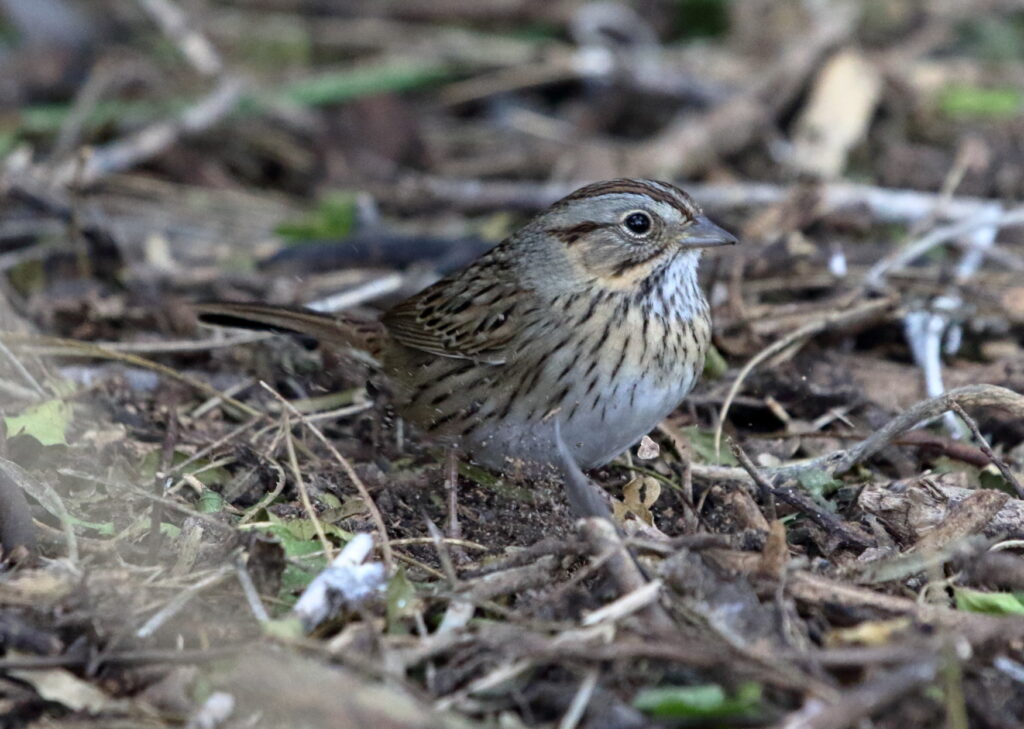
On my way back from the Dixie Fire camp in Idaho, I found myself at dusk crossing over Lolo Pass and needed a break, so I pulled into the visitor’s center to see if I could hear a Flammulated Owl. No luck, but White-crowned Sparrows and Swainson’s Thrushes called in the twilight, and suddenly I heard a deep sub-woofer sound. “My god,” I thought. “That’s a Ruffed Grouse!” It wasn’t. Later, after consulting with Braden, I realized I’d heard, appropriately for twilight, a Dusky Grouse. I hadn’t even known they made a similar deep-bass call. It pays to have a well-educated son!
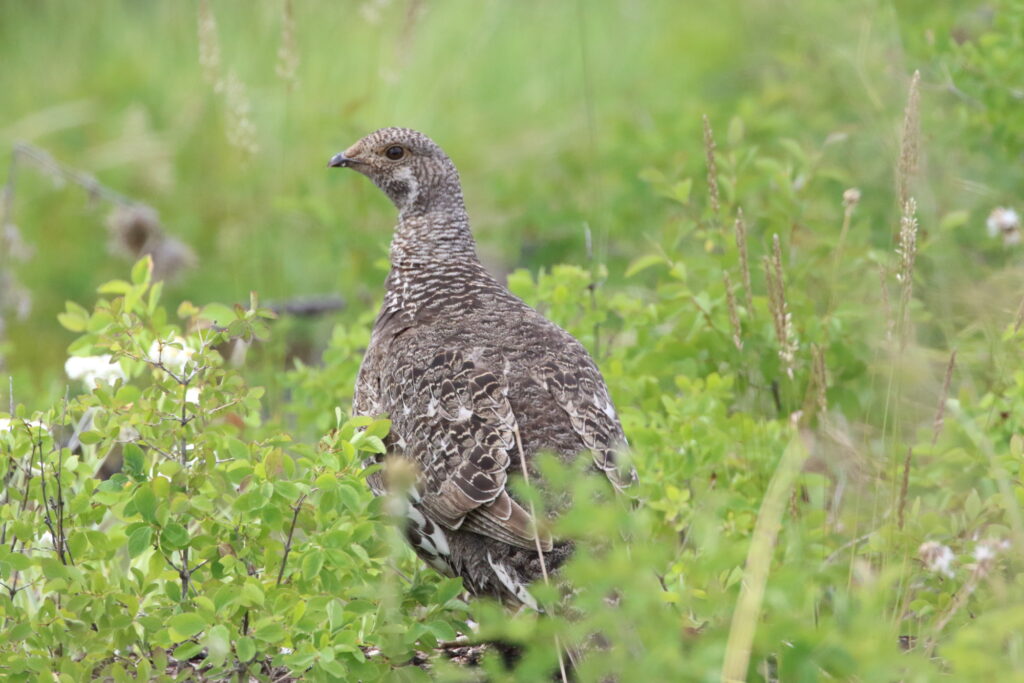
The question remains: will I make it to 100? It’s going to take some doing, and I especially need to get into some large groups of waterfowl or migrating shorebirds or songbirds, but I remain hopefully optimistic. Stay tuned for the next installment! And yes, I would sacrifice my goal for a good, soaking rain!

